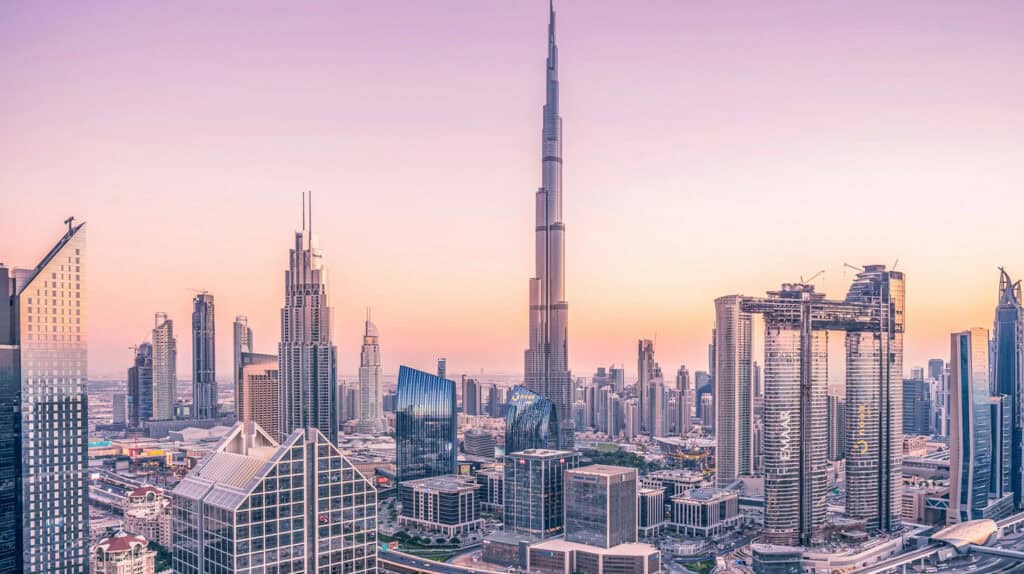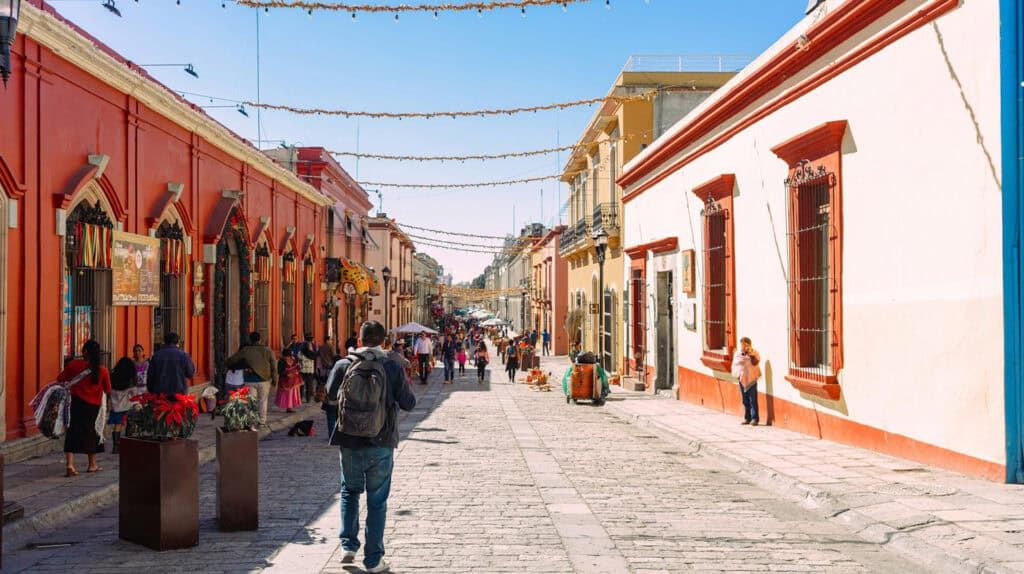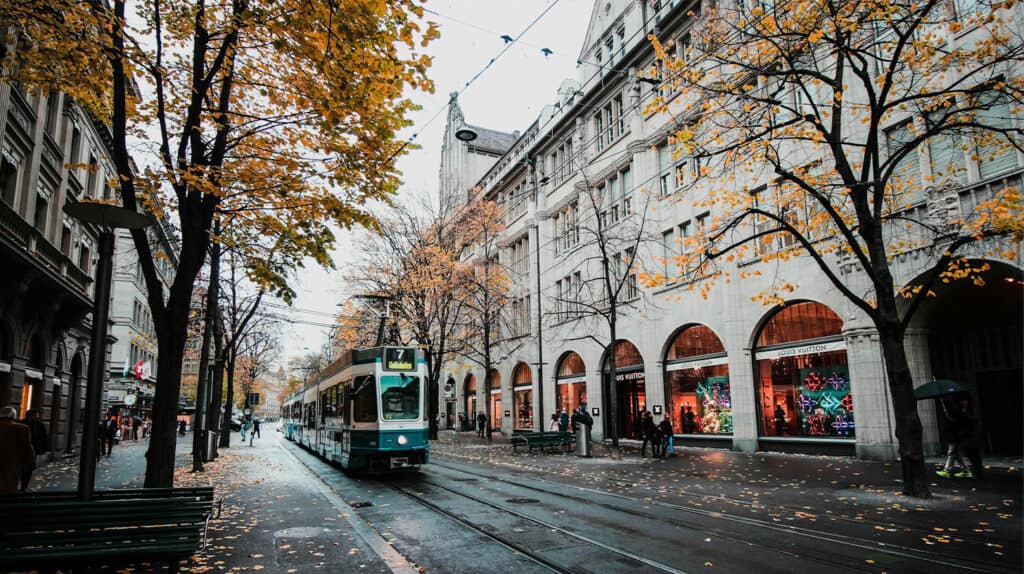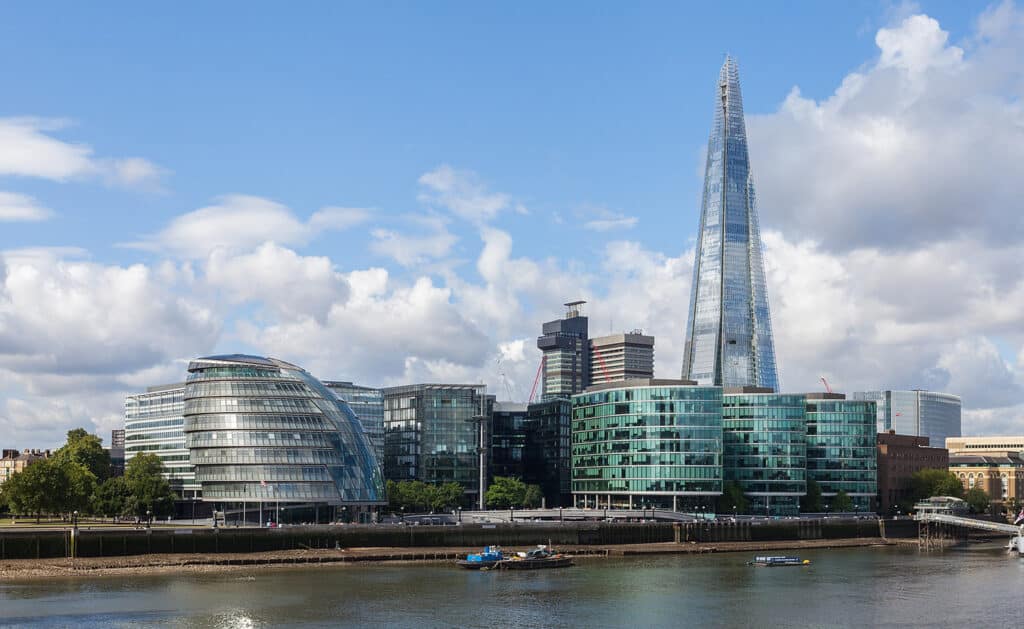
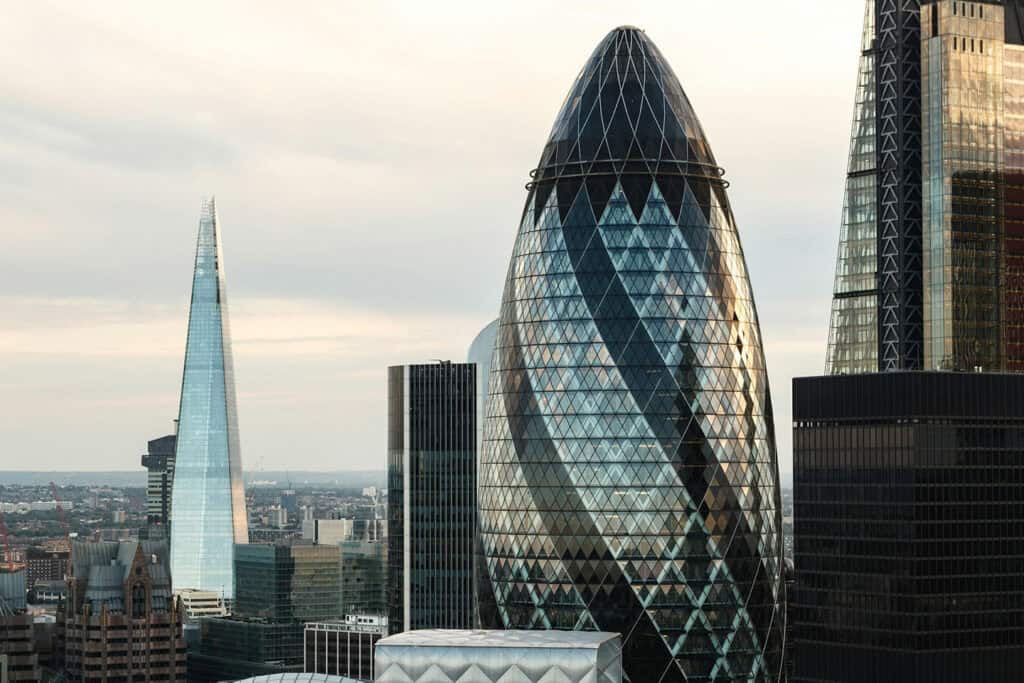
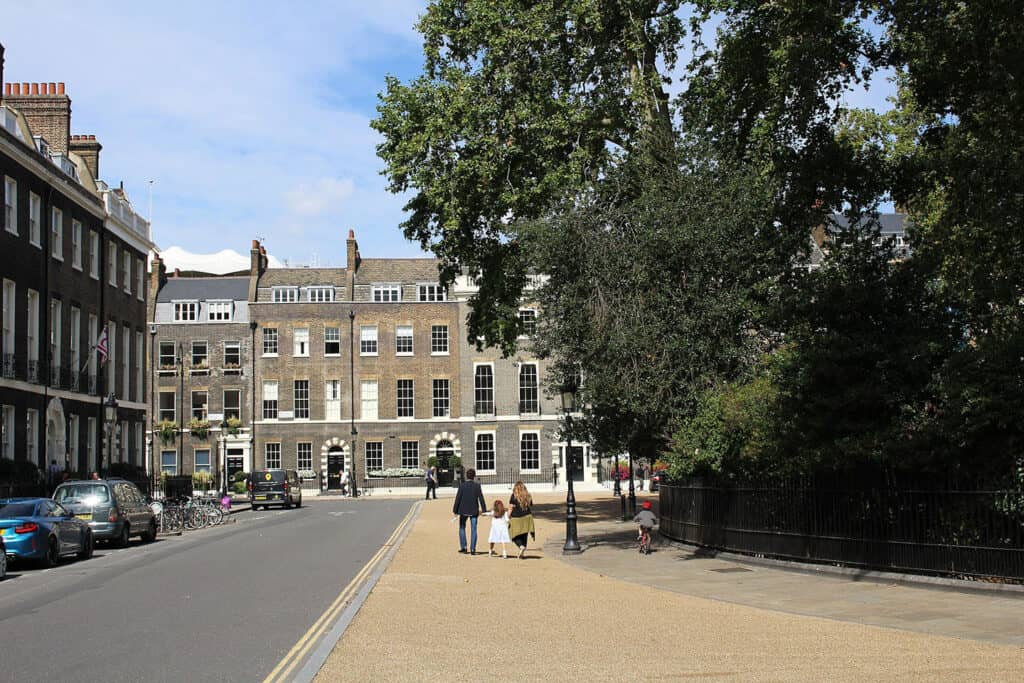
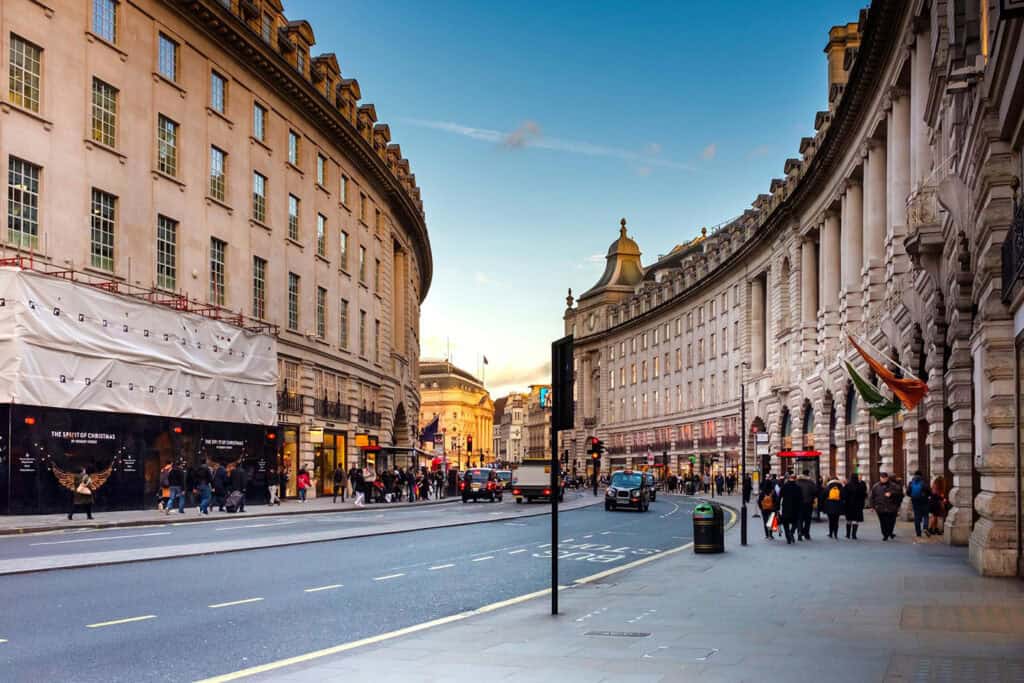
Have you ever thought about how a city can show centuries of history in its buildings? London is a mix of architectural styles, each with its own story. From the Great Fire of London to today’s tall high-rise buildings, the city is like a living museum of design.
In this guide, we will look at the types of architectural styles in London and highlight famous buildings from each period, including:
- Baroque Architecture: Grand buildings built after 1666.
- Georgian and Regency Styles: Elegant homes from the 18th and early 19th centuries.
- Victorian and Edwardian Architecture: Designs that came from the Industrial Revolution.
- Art Deco and Modernist Styles: Bold and stylish buildings of the 20th century.
- Contemporary Architecture: The latest London architectural styles shaping the 21st century.
Let’s explore the stories behind London’s famous architecture!
- 1. Baroque Architecture
- 2. Georgian Architecture
- 3. Regency Architecture
- 4. Victorian Architecture
- 5. Edwardian Architecture
- 6. Art Deco Architecture
- 7. Post-War and Modernist Architecture
- 8. Contemporary Architecture
- The Influence of Building Materials and Interior Design
- London Architectural Styles: A Recap
- FAQ
1. Baroque Architecture
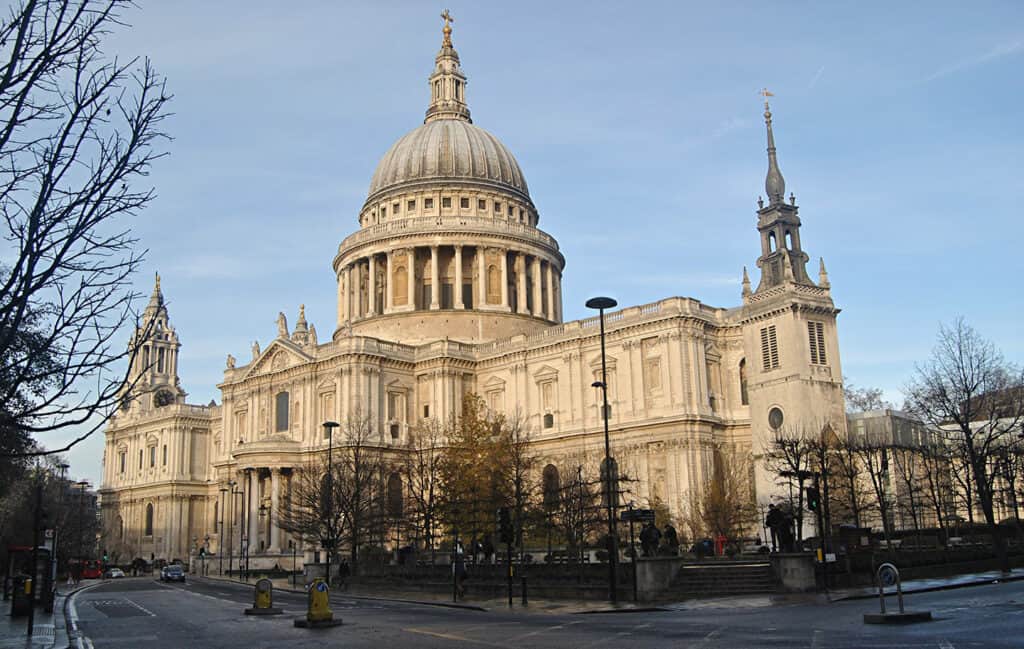
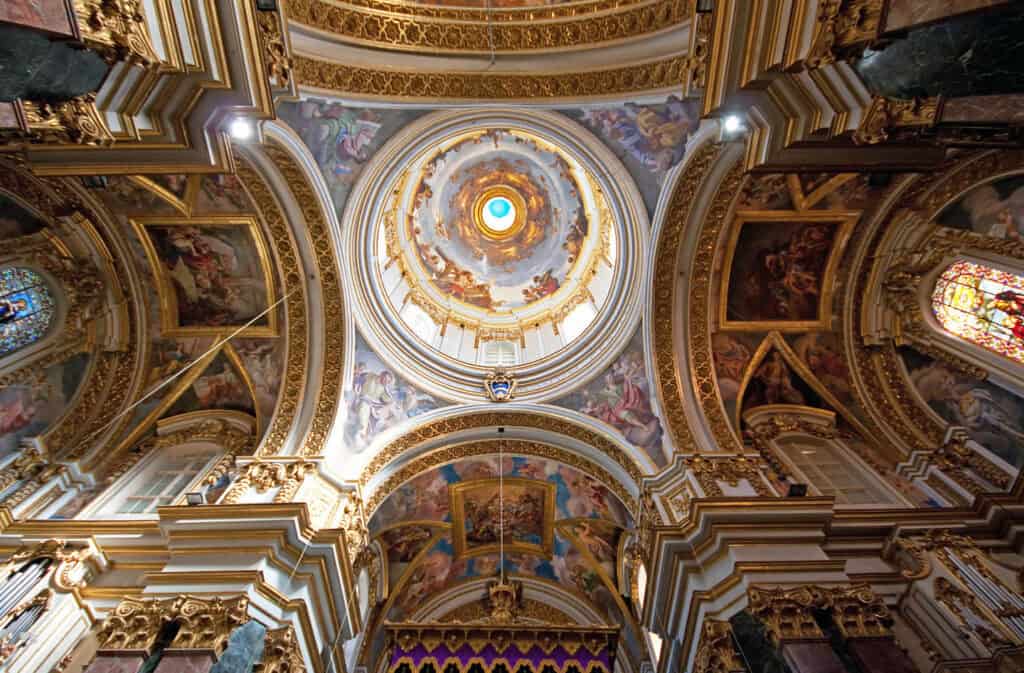
Baroque architecture came to London in the late 17th century, especially after the Great Fire of London in 1666. The fire destroyed much of the city, giving builders a chance to create bigger and fancier buildings.
The most famous architect of this time was Sir Christopher Wren. He helped change how the city looked.
The most notable example of this architectural style is St. Paul’s Cathedral, which was finished in 1710. Its grand dome rises above the City of London and shows Baroque design.
The building has a dramatic front, a large size, and detailed decorations. These features show how the city recovered after the fire. Wren designed over 50 churches after the fire. The beauty of St. Paul’s helped make Baroque architecture an important style in London’s architecture.
2. Georgian Architecture
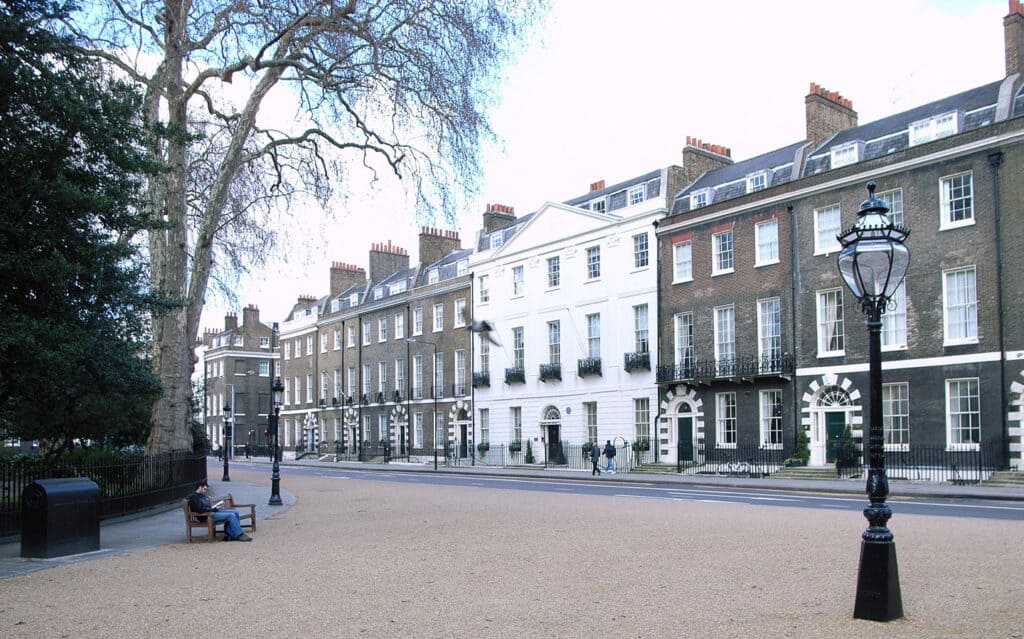
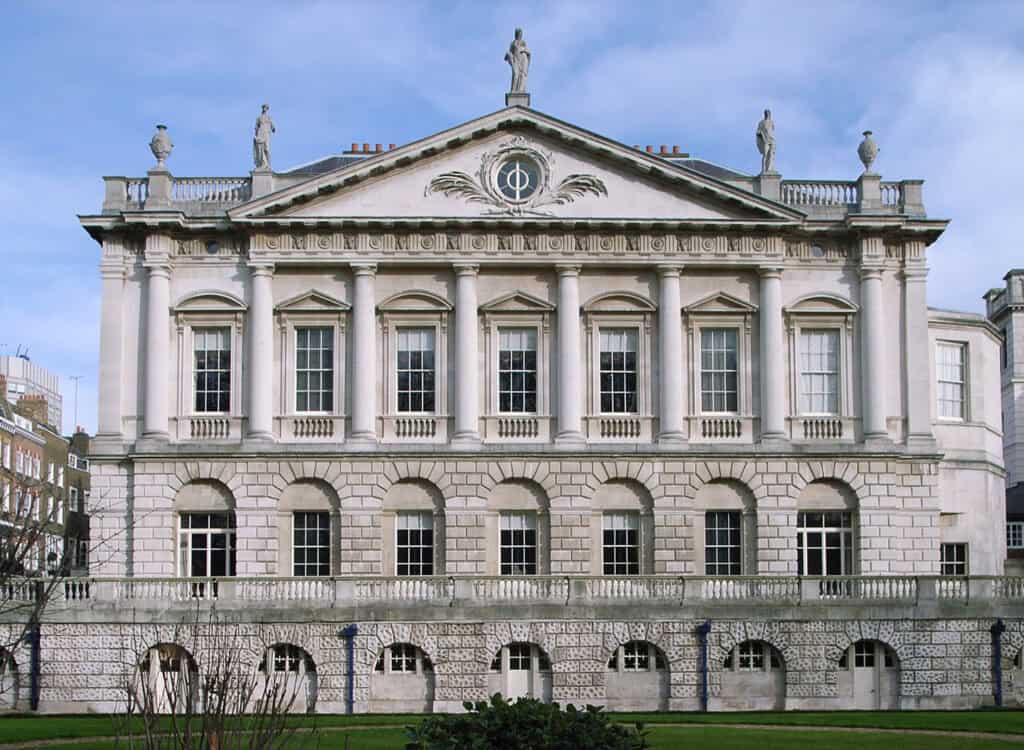
Georgian architecture in London, prevalent during the Georgian era (early 18th to early 19th centuries), is celebrated for its symmetry, proportion, and classical elegance.
This style is characterized by brick facades, sash windows, and decorative elements like pedimented doorways, all emphasizing balance and harmony. Many neighborhoods feature Georgian terraced housing, which creates cohesive streetscapes.
Notable examples include Bedford Square, one of London’s best-preserved Georgian squares, and Spencer House, a grand townhouse showcasing the iconic architectural styles of the time. The influence of the Georgian style continues today, seen in both preserved areas and modern Georgian architecture throughout the city.
3. Regency Architecture
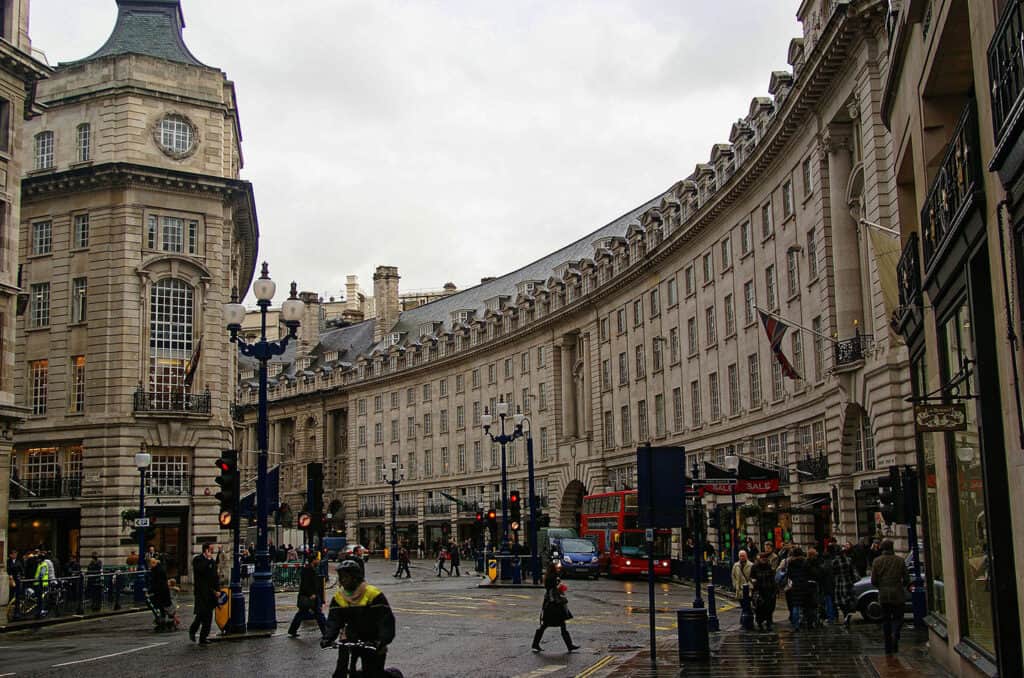
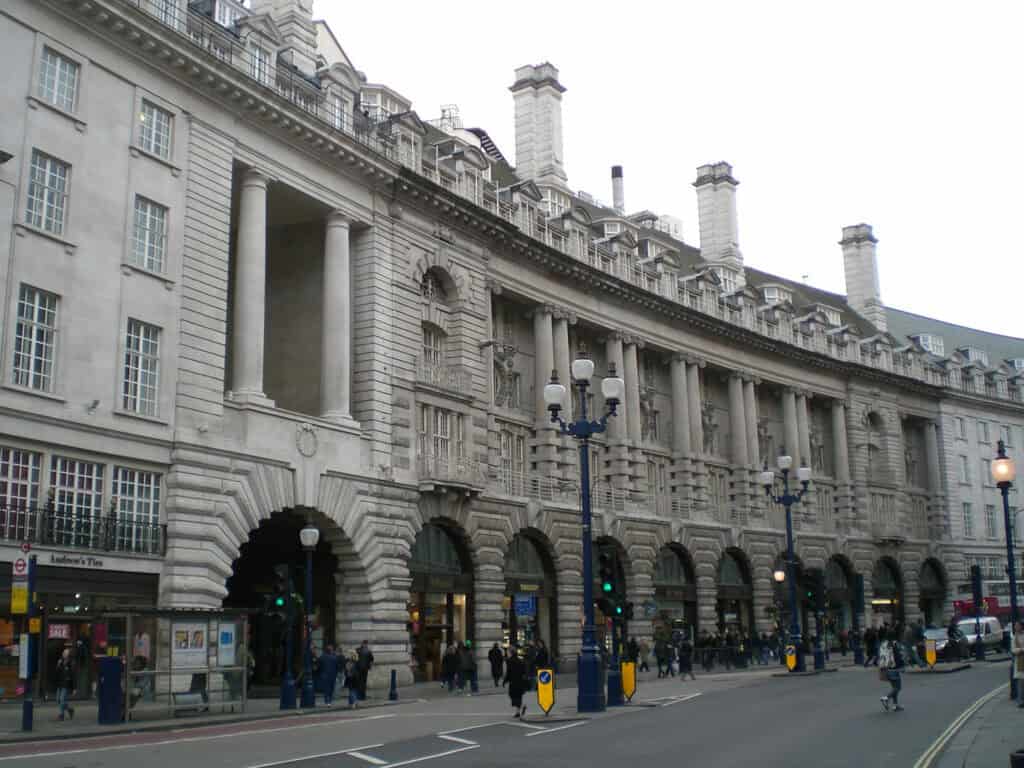
Regency architecture began in the early 19th century when George IV was Prince Regent. It is known for its elegant and decorative style. This architectural style is inspired by classical designs from ancient Greece and Rome.
A famous example is Regent Street, designed by John Nash. It has a nice layout and grand buildings. Regency architecture focuses on balance, proportion, and classical building materials.
It shows a lively time in London’s architectural history, with buildings that still attract visitors today. This style made a lasting impact on the city’s design and is an important part of London’s architectural story.
See Also Modern Baroque Architecture: 6 Key Elements and Examples
4. Victorian Architecture
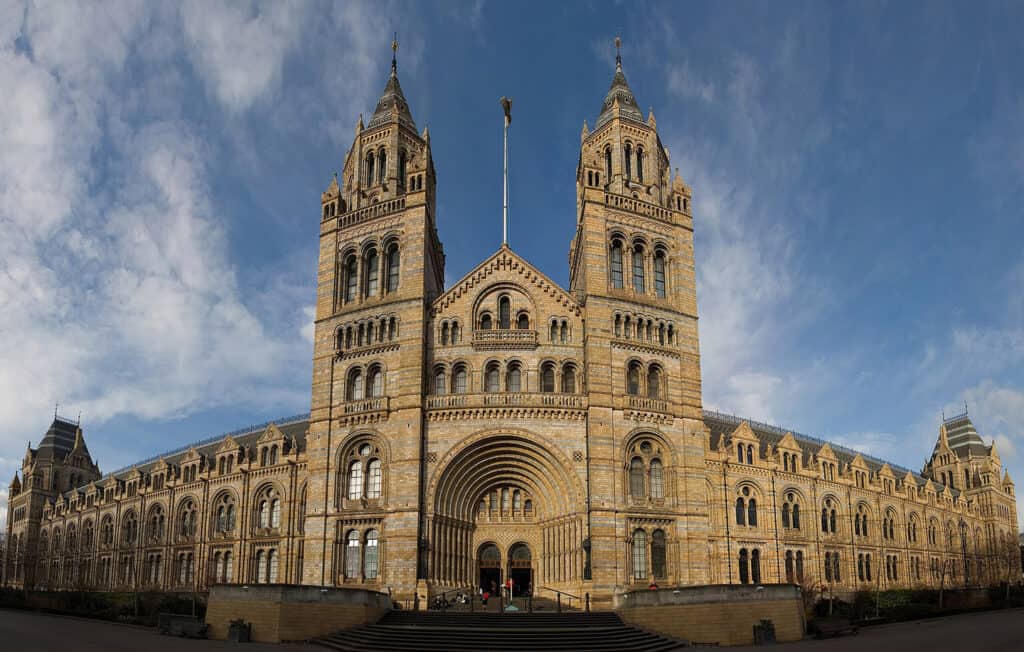
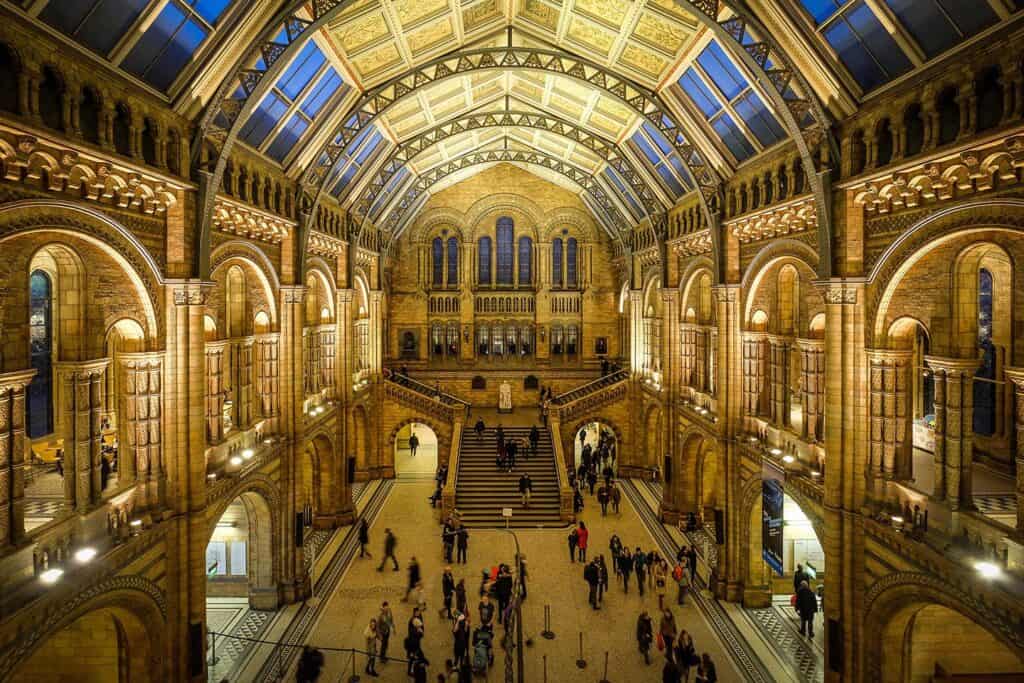
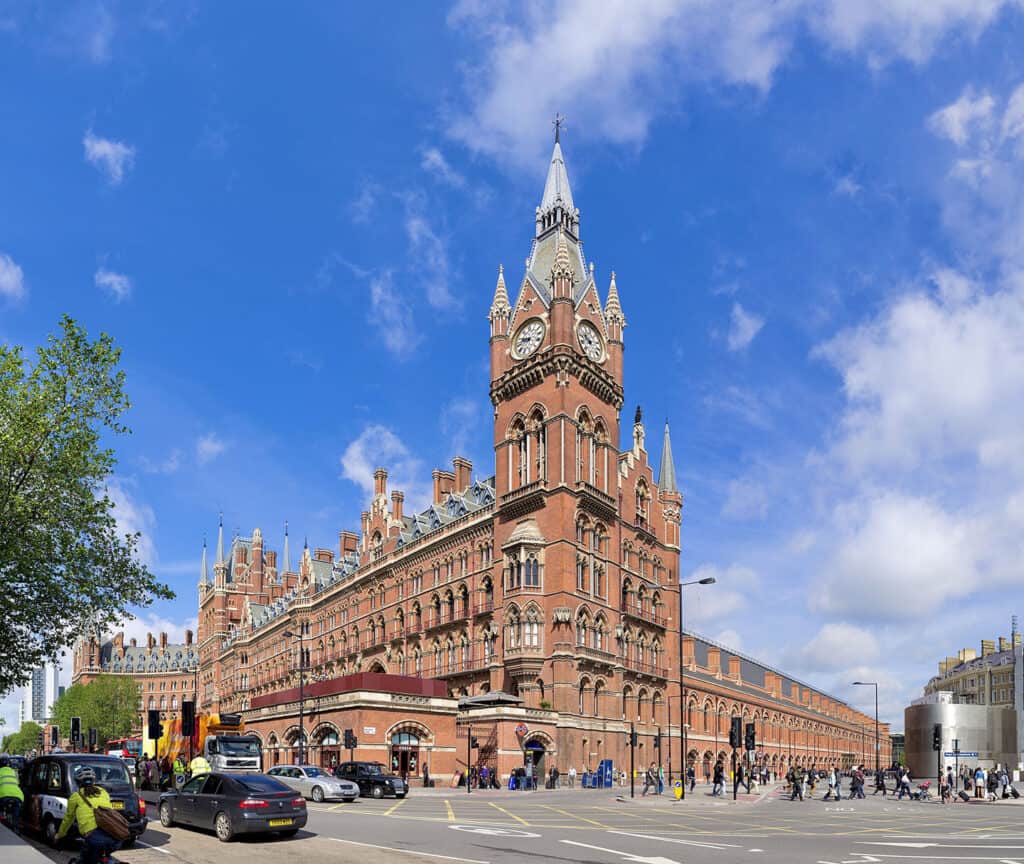
Victorian architecture grew from 1837 to 1901 and is known for its mix of styles and detailed designs. This time saw new building materials like steel and iron, which allowed for creative buildings.
A famous example is the Natural History Museum, designed by Alfred Waterhouse, showcasing Romanesque style with Gothic Revival features.
Another iconic example is St Pancras Railway Station, known for its Victorian Gothic style. Designed by George Gilbert Scott, it has a grand facade with pointed arches, decorative brickwork, and tall spires. Victorian houses often have brick fronts, bay windows, and decorative trims, making them unique.
The influence of Victorian architecture, including modern Victorian architecture, can still be seen in many areas of London today.
See Also European-Style Architecture: 14 Notable Architectural Types
5. Edwardian Architecture
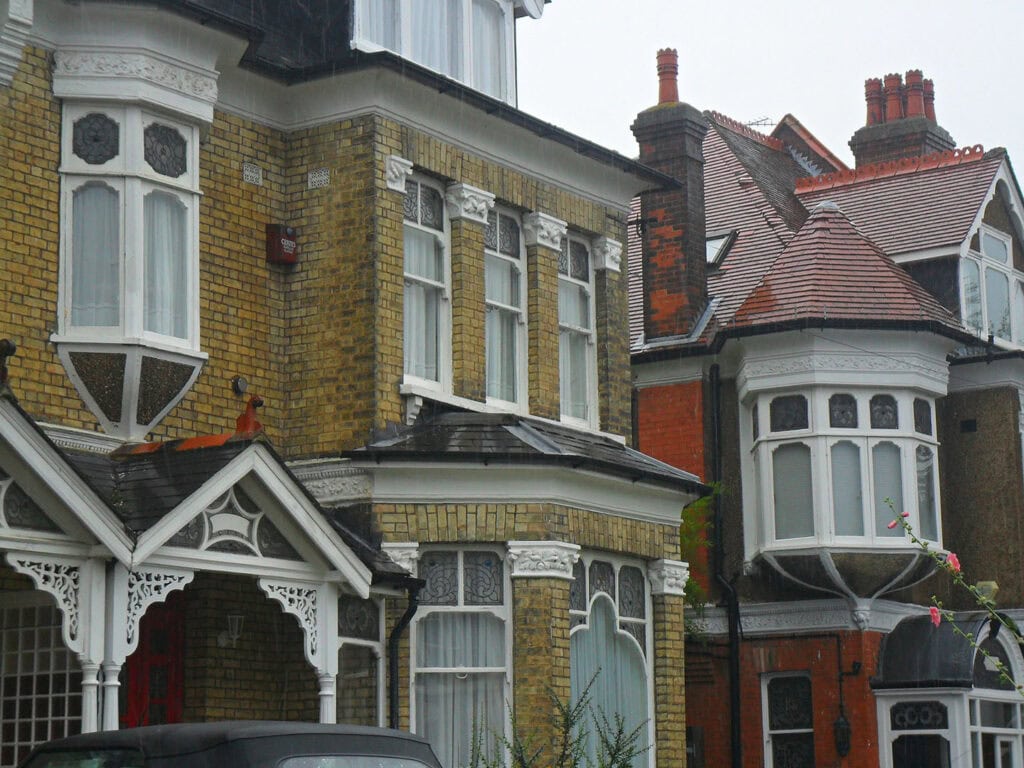
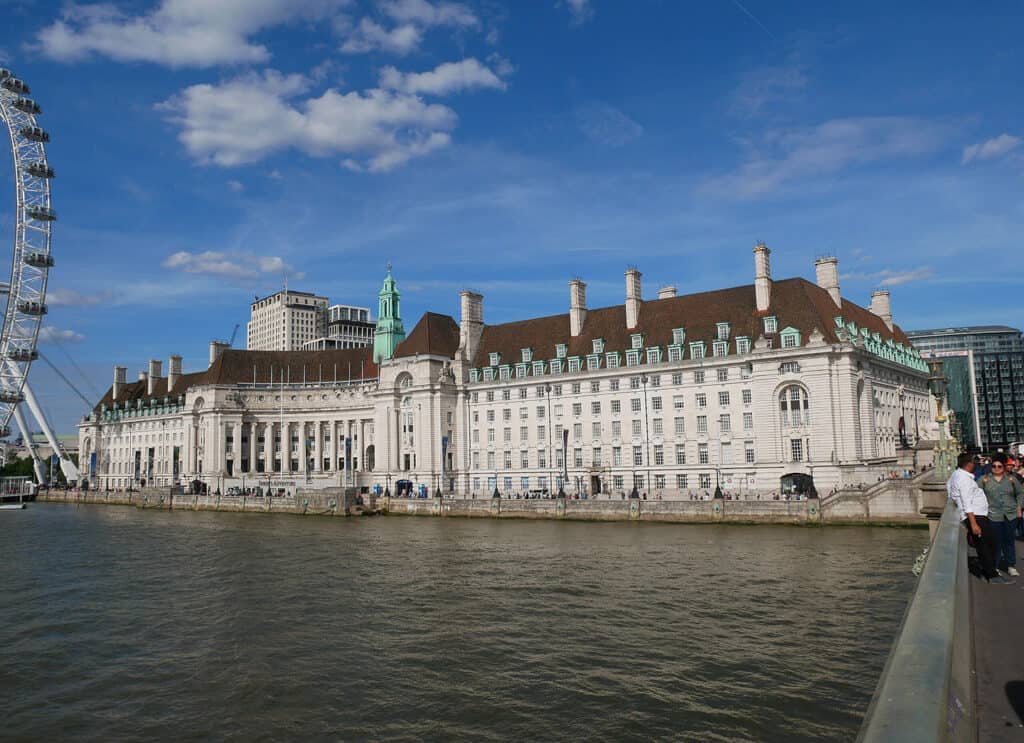
Edwardian architecture (1901–1910) often refers to the Neo-Baroque style for public buildings, combining grandeur with simpler designs compared to Victorian styles. It also includes Arts and Crafts influences in middle-class housing, emphasizing practicality.
Many Edwardian houses were built during this time. They had bay windows, big front gardens, and nice brickwork. The
A notable example in London is County Hall, completed in 1922. Located on the South Bank of the River Thames, it has a grand facade, detailed stonework, and an impressive clock tower.
Although built after the Edwardian period, it shows the era’s focus on monumental public buildings and combines classical elegance with modern functionality. Edwardian architecture features symmetry, spaciousness, and decorative details, all evident in County Hall’s design.
6. Art Deco Architecture
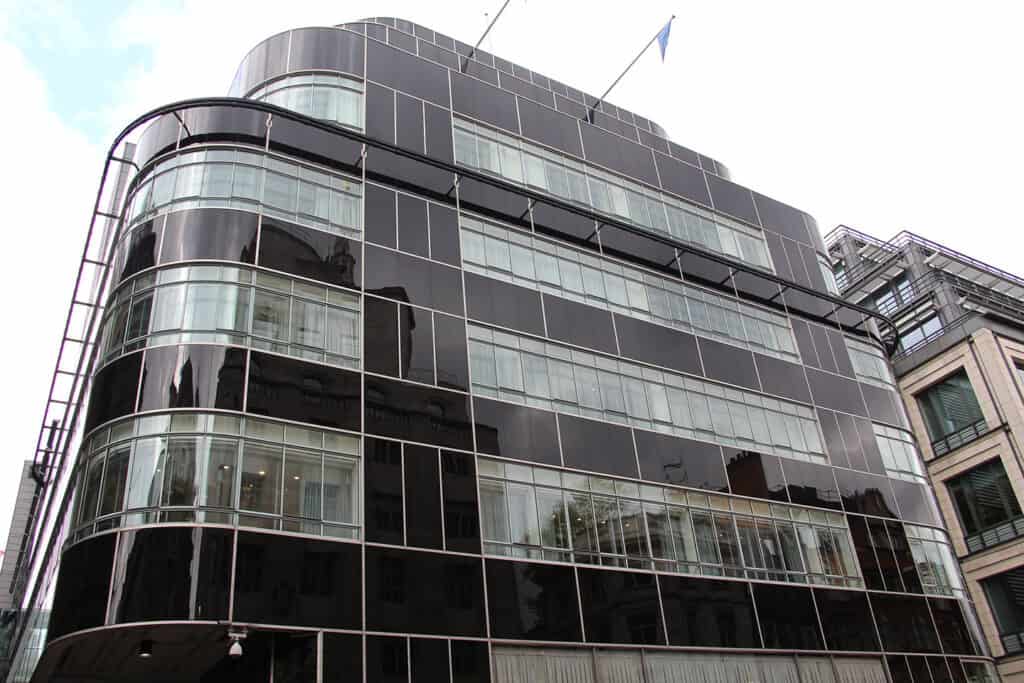
The 1920s and 30s brought the smooth lines and modern look of Art Deco architecture to London. This style mixes geometric shapes with decorative features. Art Deco architecture shows hope and positivity after World War I. It uses new building materials like chrome, glass, and steel.
The Daily Express Building in London is a key example of Art Deco architecture. Completed in 1932 by architects Ellis and Clark, it features geometric shapes and streamlined forms. The black glass and bold designs reflect the modernity of Art Deco, making it a significant landmark.
7. Post-War and Modernist Architecture
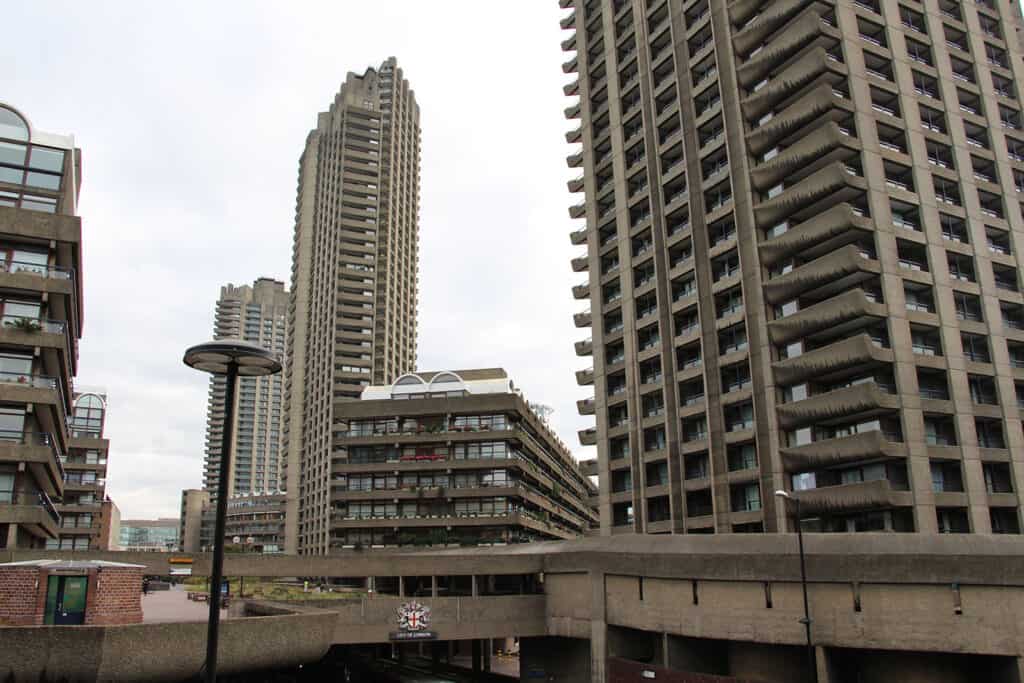
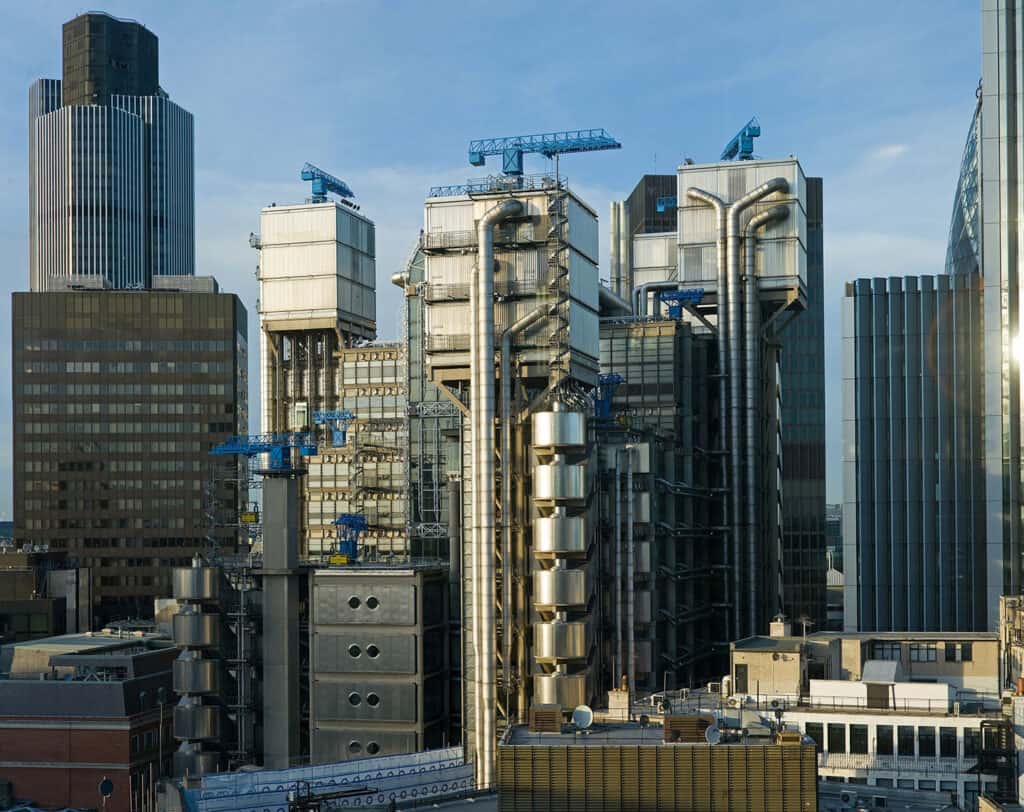
After World War II, parts of London were badly damaged. This led to the rise of Modernist architecture in the city. This style focused on practicality and simplicity. It often used raw and unfinished materials. Brutalist architecture, a type of Modernism, became very popular in the 1960s and 70s.
One of the most famous examples of Brutalist architecture in London is the Barbican Estate. It is a large housing complex made of concrete with bold shapes. Many people have mixed feelings about Brutalism, but the Barbican is now seen as an important cultural site.
Another important example is the Lloyd’s Building, finished in 1986 and designed by Richard Rogers & Partners. This building showcases modernist architecture with its futuristic look and high-tech style, representing modern architectural styles in London.
8. Contemporary Architecture
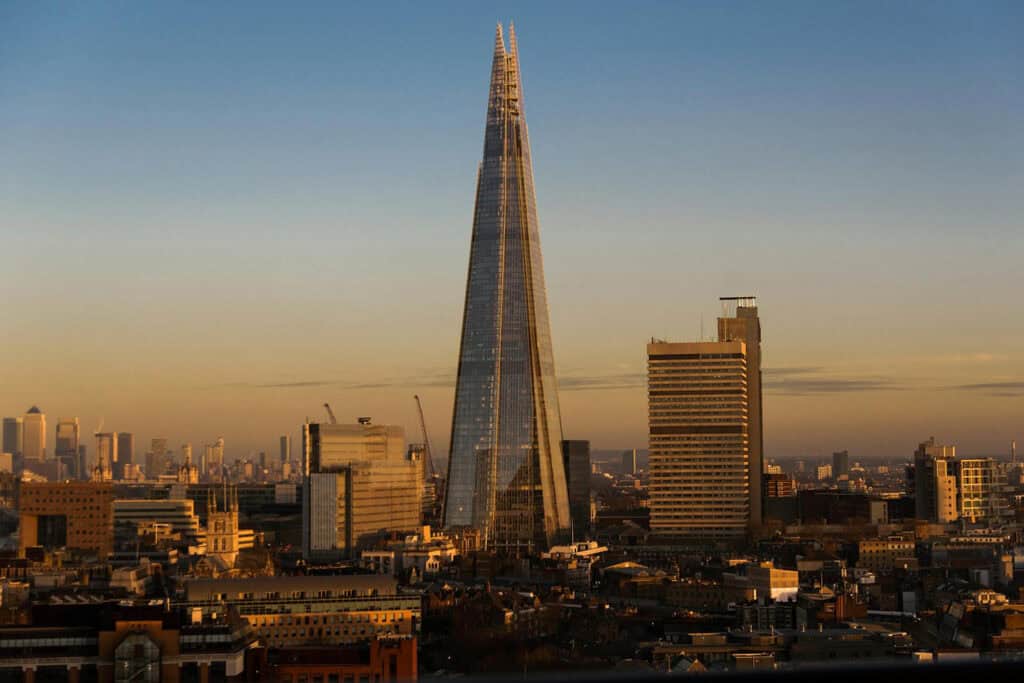

London’s contemporary architecture shows how the city is always changing. It focuses on new ideas, sustainability, and famous designs. The skyline now has many high-rise buildings to meet the growing need for space in one of the world’s largest cities.
One of the most famous contemporary buildings is The Shard. Designed by Renzo Piano, it was finished in 2012. The Shard is the tallest building in the UK and shows the city’s ambition and modern spirit. Its glass design helps it blend with the sky and offers great views of the City of London.
Another example of contemporary architecture is the Gherkin, officially known as 30 St Mary Axe, a distinctive skyscraper in London designed by Norman Foster, and completed in 2003.
Its aerodynamic shape and glass façade prioritize energy efficiency, while the building offers stunning views from its restaurant on the 39th floor.
The Influence of Building Materials and Interior Design
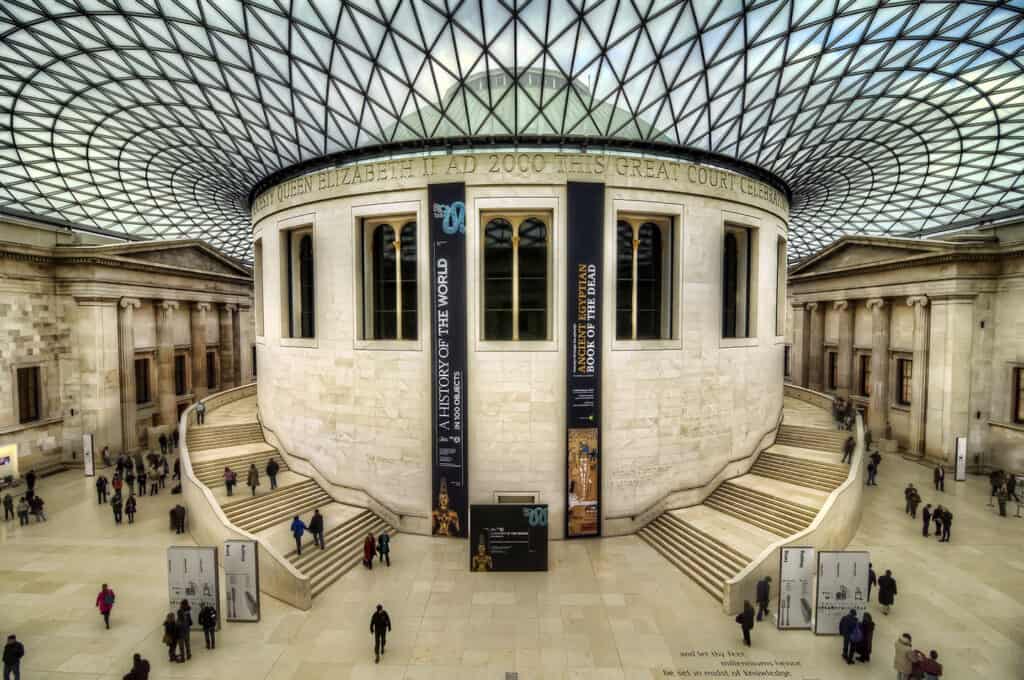
In each architectural period, the use of building materials has played a crucial role in shaping London’s architecture. Steel and iron were prominent during the Industrial Revolution, while today, glass and steel are common in modern buildings. New materials continuously influence architectural styles.
One striking example is the Great Court of the British Museum, which features a modern glass roof blending contemporary design with historic architecture. This innovative design creates an airy, light-filled space that contrasts beautifully with the museum’s classical structures.
Interior design has also evolved alongside architecture, reflecting the trends of their time. The grand style of Georgian homes, the detailed designs of Victorian interiors, and the simple look of modern designs all contribute to the city’s architectural story.
See Also Famous Architecture in France: 8 Must-See Architectural Marvels
London Architectural Styles: A Recap
London’s architectural history shows a rich journey through time. Each era leaves a mark on the city’s skyline. From the greatness of St. Paul’s Cathedral to the modern look of The Shard, London’s architecture shows its history, famous architectural achievements, and natural beauty.
Each style tells a story about the Industrial Revolution and the effects of two world wars. Visiting these landmarks helps us understand London’s architectural styles and makes the city feel like a living museum of design.




